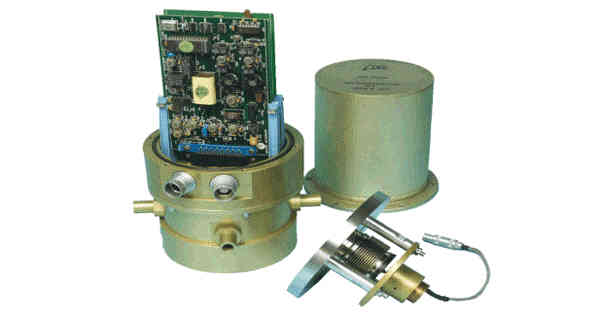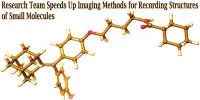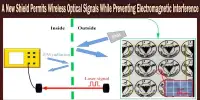Microbarometers are highly sensitive barometers that can precisely measure air pressure. Ordinary barometers can only resolve in hectopascals (hPa) or millibars, whereas microbarometers can resolve in microbars (bar) or pascals (Pa) (mbar). Recording microbarometers, or microbarographs, are planned to be distributed around the world to monitor compliance with the Comprehensive Nuclear-Test-Ban Treaty (once it enters into force) by detecting the infrared signature of a nuclear explosion, which can propagate for very long distances. The location and yield of the explosion can be determined by analyzing data received at several of these monitoring stations.
Except for the presence of infrasonic noise such as microbaroms, a microbarometer used as a pressure altimeter would be capable of resolving altitude differences on the order of centimeters. Elevation control data from barometers is frequently used in gravity surveys. The provision of reliable elevations by this method is not simple, and it is dependent on an understanding of physical reduction factors such as temperature or elevation, field technique, and selective rejection of some observations. Data redundancy is critical.
In variable terrain, barometric elevation determinations must be based on careful, multiple, and controlled observations. Many field techniques, including those that use base barometers, may be rendered invalid by pressure distortions within the atmosphere or around topographic features. Throughout the reduction process, considerable manual involvement is advised, and unfortunately, no simple universal sequence can be recommended. Local conditions must be evaluated in a unique manner.
The quad-disk probe is connected to a highly sensitive pressure sensor in the microbarometer. The pressure sensor is made up of a pressure transducer, a reference volume, and a series of flow resistors connected by 4.9-mm inner-diameter Tygon tubing. A commercially available pressure transducer (Furness Controls, Inc., model FCO44) is used to measure differential pressure over a 620 Pa range by using a variable capacitance diaphragm in a bridge circuit. To prevent electrical interference, the pressure transducer case is shielded.
The microbarometer’s final component is a set of ceramic flow resistors. These are connected between the reference volume and the quad disk and allow the pressure on the transducer’s backside to gradually equilibrate to the transitory total atmospheric pressure. The differential transducer effectively measures fluctuations from the background mean atmospheric pressure with this ‘‘slow leak,” where the background mean pressure gradually varies with time.
















